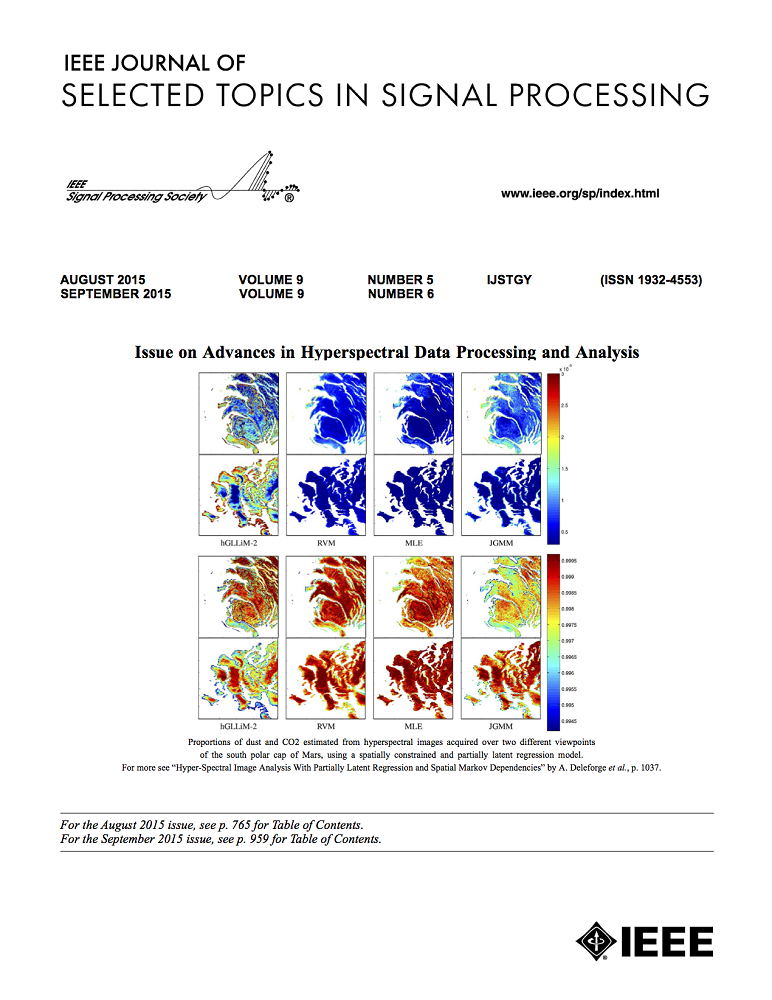RoboFiSense:利用 WiFi 传感技术识别基于注意力的机械臂活动
IF 8.7
1区 工程技术
Q1 ENGINEERING, ELECTRICAL & ELECTRONIC
IEEE Journal of Selected Topics in Signal Processing
Pub Date : 2024-06-19
DOI:10.1109/JSTSP.2024.3416851
引用次数: 0
摘要
尽管目前人们对自主机器人系统的兴趣大增,但在受限的室内环境中识别机器人的活动仍是一项艰巨的挑战。检测和识别机械臂活动的传统方法通常依赖于基于视觉的传感器或光探测和测距(LiDAR)传感器,这些传感器需要视线(LoS)接入,可能会引发隐私问题,例如在护理设施中。这项研究开创了一种创新方法,利用从 WiFi 信号中测量到的信道状态信息 (CSI),这些信息会受到机械臂活动的微妙影响。我们开发了一种基于注意力的网络,用于对 Franka Emika 机械臂在不同情况下进行的八种不同活动进行分类。我们提出的双向视觉转换器组合(BiVTC)方法旨在准确预测机械臂的活动,即使是在不同速度的活动中进行训练,也无需依赖外部或内部传感器或视觉辅助设备。考虑到 CSI 数据对环境的高度依赖性,我们通过系统地改变嗅探器的位置和收集不同的数据集,研究了嗅探器位置选择问题。最后,本文也是首次发表八种不同机械臂活动的 CSI 数据,统称为 RoboFiSense。该计划旨在为研究界提供基准数据集和基线,促进机器人传感领域的进步。本文章由计算机程序翻译,如有差异,请以英文原文为准。
RoboFiSense: Attention-Based Robotic Arm Activity Recognition With WiFi Sensing
Despite the current surge of interest in autonomous robotic systems, robot activity recognition within restricted indoor environments remains a formidable challenge. Conventional methods for detecting and recognizing robotic arms' activities often rely on vision-based or light detection and ranging (LiDAR) sensors, which require line-of-sight (LoS) access and may raise privacy concerns, for example, in nursing facilities. This research pioneers an innovative approach harnessing channel state information (CSI) measured from WiFi signals, subtly influenced by the activity of robotic arms. We developed an attention-based network to classify eight distinct activities performed by a Franka Emika robotic arm in different situations. Our proposed bidirectional vision transformer-concatenated (BiVTC) methodology aspires to predict robotic arm activities accurately, even when trained on activities with different velocities, all without dependency on external or internal sensors or visual aids. Considering the high dependency of CSI data on the environment motivated us study the problem of sniffer location selection, by systematically changing the sniffer's location and collecting different sets of data. Finally, this paper also marks the first publication of the CSI data of eight distinct robotic arm activities, collectively referred to as RoboFiSense. This initiative aims to provide a benchmark dataset and baselines to the research community, fostering advancements in the field of robotics sensing.
求助全文
通过发布文献求助,成功后即可免费获取论文全文。
去求助
来源期刊

IEEE Journal of Selected Topics in Signal Processing
工程技术-工程:电子与电气
CiteScore
19.00
自引率
1.30%
发文量
135
审稿时长
3 months
期刊介绍:
The IEEE Journal of Selected Topics in Signal Processing (JSTSP) focuses on the Field of Interest of the IEEE Signal Processing Society, which encompasses the theory and application of various signal processing techniques. These techniques include filtering, coding, transmitting, estimating, detecting, analyzing, recognizing, synthesizing, recording, and reproducing signals using digital or analog devices. The term "signal" covers a wide range of data types, including audio, video, speech, image, communication, geophysical, sonar, radar, medical, musical, and others.
The journal format allows for in-depth exploration of signal processing topics, enabling the Society to cover both established and emerging areas. This includes interdisciplinary fields such as biomedical engineering and language processing, as well as areas not traditionally associated with engineering.
 求助内容:
求助内容: 应助结果提醒方式:
应助结果提醒方式:


